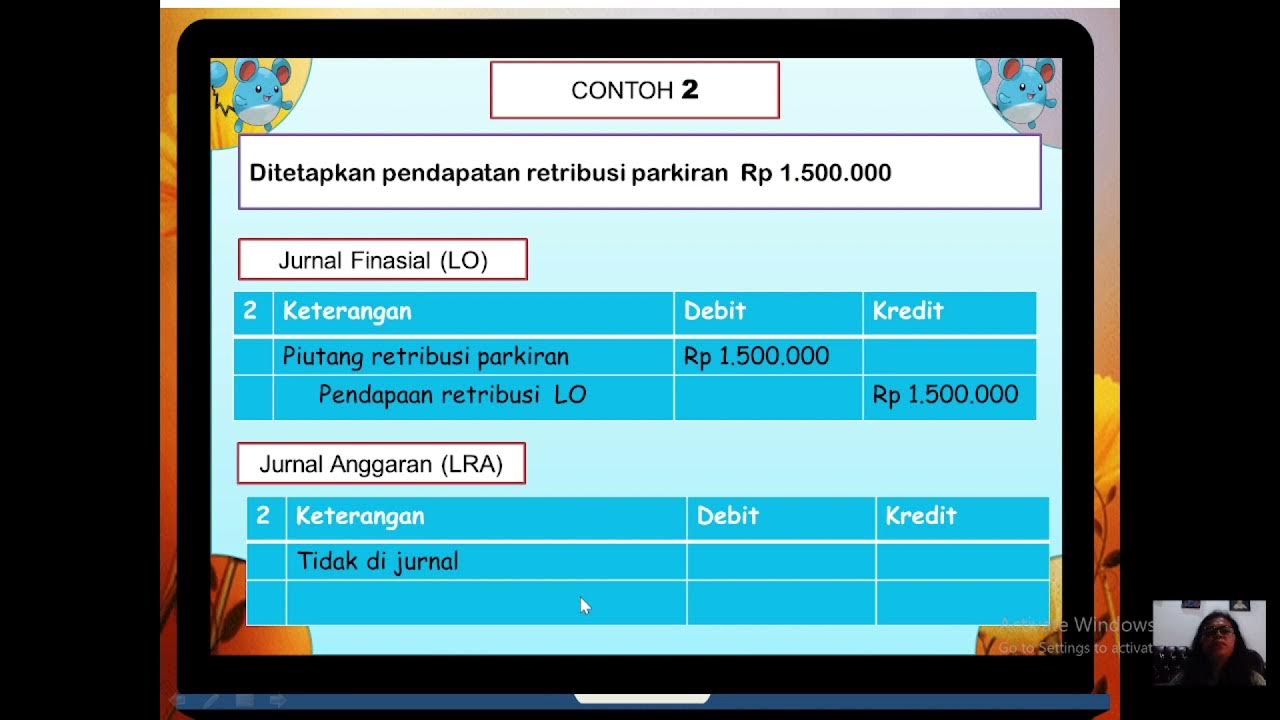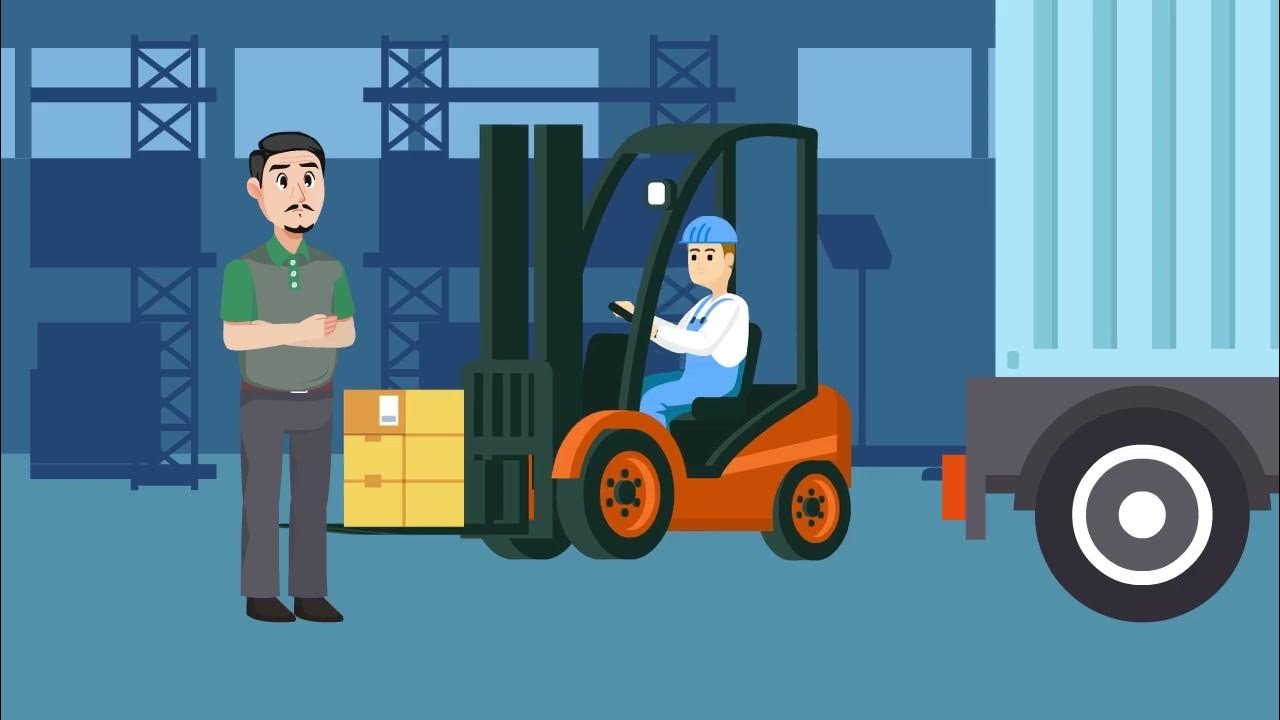AKUNTANSI KANTOR PUSAT DAN CABANG: TRANSFER KAS DAN BARANG ANTAR CABANG
Summary
TLDRThis video explains the accounting processes related to cash and inventory transfers between branches and the central office. It covers two main topics: inter-branch cash transfers and inter-branch inventory transfers. The central office may instruct one branch to send cash or goods to another, and the accounting process treats these transactions as mediated by the central office, even though the transfers happen directly between branches. It also discusses issues such as transportation costs and differences in handling inventory, including when goods are transferred between branches with varying costs. The video uses practical examples to illustrate these concepts.
Takeaways
- 😀 The concept of accounting for transfers between the head office and branches, focusing on both cash and inventory transfers.
- 😀 Cash transfers between branches are considered as mediated by the head office, despite practical transfers happening directly between branches.
- 😀 The process for a cash transfer involves the branch sending money to the head office, which then sends it to the intended branch, according to accounting standards.
- 😀 Example: PT Gunung Agung’s case demonstrates the transfer of cash between branches and the role of the head office in managing these transactions.
- 😀 Inventory transfers between branches are treated similarly, with the head office mediating the transfer despite direct exchanges between branches.
- 😀 When inventory is transferred, the sending branch records the inventory outflow, and the receiving branch records it as inventory inflow, with the head office maintaining records.
- 😀 An additional consideration is the cost of shipping during inventory transfers, which could differ depending on whether goods are shipped directly from the head office or from one branch to another.
- 😀 Example: PT Gunung Agung also faces the challenge of varying shipping costs, such as when inventory is shipped from Bandung to Semarang, leading to discrepancies in cost calculations.
- 😀 Differences in shipping costs are accounted for, with the head office often bearing the difference in case of inefficiencies in the transfer process.
- 😀 The goal is to ensure accurate recording of both cash and inventory transactions across branches and to manage the financial impact of these transfers on the head office and its branches.
Q & A
What is the primary focus of the video transcript?
-The primary focus of the video is on accounting for inter-branch transactions, specifically related to cash transfers and goods transfers between branches and the head office.
What is meant by 'inter-branch cash transfer' in the context of the video?
-'Inter-branch cash transfer' refers to the transfer of cash from one branch to another. Although the transaction happens directly between the branches, from an accounting perspective, it is mediated by the head office.
How does the accounting treatment differ in practice versus actual cash transfer between branches?
-In practice, cash is transferred directly from one branch to another. However, from an accounting perspective, the transfer is treated as if the head office facilitates the transaction, with each branch accounting for the transfer as if it were from or to the head office.
Can you explain the example provided in the video regarding PT Gunung Agung's cash transfer between branches?
-PT Gunung Agung, which has multiple branches across Indonesia, orders a cash transfer from the Semarang branch to the Surabaya branch. In reality, the transfer is made from Semarang to Surabaya, but for accounting, the money is first transferred from Semarang to the head office, and then from the head office to Surabaya.
What role does the head office play in inter-branch cash transfers?
-The head office acts as an intermediary in the accounting process for inter-branch cash transfers. Although the branches transfer funds directly to each other, the head office is responsible for recording the transactions in the accounting system.
What is meant by 'transfer of goods between branches' as described in the video?
-The 'transfer of goods between branches' refers to the movement of inventory or products from one branch to another. Similar to cash transfers, the transaction is handled by the head office in accounting, even though goods are transferred directly between branches.
How does the head office handle the accounting for goods transferred between branches?
-For accounting purposes, when goods are transferred between branches, the head office records the transaction as if the goods were transferred from the head office to the receiving branch, even if they are transferred directly between branches.
What is a potential issue regarding shipping costs when transferring goods between branches?
-A potential issue is the discrepancy between the shipping costs when goods are transferred directly between branches versus when they are shipped from the head office. This difference in shipping costs needs to be accounted for, as it may affect the financial statements.
How does the example involving PT Gunung Agung's goods transfer illustrate the handling of shipping costs?
-In the example, when goods are transferred from the Bandung branch to the Semarang branch, the shipping cost is recorded as part of the transaction. The shipping cost for the direct transfer from Bandung to Semarang is higher than the cost of sending the goods directly from the head office to Semarang, and the difference is absorbed by the head office.
What is the impact on the accounts when the Bandung branch ships goods to the Semarang branch?
-When the Bandung branch ships goods to Semarang, the inventory account at Bandung decreases, and cash or accounts payable increases for the shipping cost. The Semarang branch records an increase in inventory, and the head office accounts for the transaction as if the goods came from them.
Outlines

This section is available to paid users only. Please upgrade to access this part.
Upgrade NowMindmap

This section is available to paid users only. Please upgrade to access this part.
Upgrade NowKeywords

This section is available to paid users only. Please upgrade to access this part.
Upgrade NowHighlights

This section is available to paid users only. Please upgrade to access this part.
Upgrade NowTranscripts

This section is available to paid users only. Please upgrade to access this part.
Upgrade Now5.0 / 5 (0 votes)





